This Is Who We Are
The Art of Styling Food: Techniques to Make Your Culinary Creations Shine

The art of food styling is a crucial element in capturing the essence and beauty of culinary creations. Whether it's for a professional photoshoot or simply showcasing your homemade dishes on social media, understanding the techniques of food styling can elevate the visual appeal of your food. In this article, we will delve into the art of styling food and explore various techniques that can help make your culinary creations shine. From composition and color to props and plating, we'll cover it all.
Understanding Composition
Composition plays a vital role in food photography as it helps create balance and visual interest in your images. The rule of thirds is a fundamental principle that can guide you in positioning key elements within your frame. By dividing your frame into nine equal parts and aligning your main subject along the intersecting lines, you can create a visually appealing composition.
Another essential aspect of composition is considering negative space. Negative space allows the viewer's focus to be drawn to the main subject and can enhance the overall aesthetic of the image. Experiment with different angles, perspectives, and framing techniques to find the most visually captivating composition for your food photographs.
The Role of Color
Color plays a significant role in food styling, as it can evoke emotions and enhance the visual appeal of your dishes. Choose a color palette that complements the food you are photographing. Consider the contrasting colors and create a harmonious balance to make your dish visually striking.
Props and Backgrounds
Selecting the right props and backgrounds can greatly enhance the storytelling aspect of your food photography. Choose props that complement the theme and style of your dish. For example, rustic wooden boards can add a warm and inviting feel, while elegant tableware can create a sophisticated ambiance.
When it comes to backgrounds, opt for simple and clean surfaces that won't distract from the main subject. Natural textures like marble or distressed wood can provide a visually appealing backdrop for your food. Experiment with different materials, patterns, and textures to find what works best for each dish.

Mastering Plating Techniques
Plating is an art form that involves arranging food on a plate in an aesthetically pleasing manner. Pay attention to the balance of colors, shapes, and textures. Consider using odd numbers of elements, such as three or five, to create visual interest and avoid a symmetrical look.
Experiment with different plating techniques, such as stacking, layering, or creating height, to add dimension and depth to your dishes. Garnishes like herbs, edible flowers, or drizzles of sauce can also enhance the visual appeal of your plated creation.
The Role of Product Photography
In the world of food photography, having the right equipment and software is essential. When it comes to capturing high-quality images, investing in a good camera and lenses designed for product photography is crucial. These tools allow you to capture the intricate details and textures of your culinary creations.
Additionally, post-processing software like Photoshop for Mac can be a powerful tool for refining and enhancing your food photographs. From adjusting exposure and colors to removing imperfections and enhancing details, Photoshop provides a wide range of editing capabilities to make your images truly shine.
Conclusion
Mastering the art of styling food is a journey that requires practice, experimentation, and an eye for detail. By understanding the principles of composition, utilizing colors effectively, selecting appropriate props and backgrounds, and mastering plating techniques, you can create visually stunning food photographs. With the right equipment and post-processing tools like Photoshop for Mac, you have the power to transform your culinary creations into works of art.
Remember, food styling is not just about capturing delicious dishes but also about telling a story and evoking emotions through visuals. So, go ahead, explore your creativity, and make your culinary creations shine through the art of food styling.
Find out what would make you a perfect team member… MORE

